My 500 s.f. round studio
esga
10 years ago
Related Stories
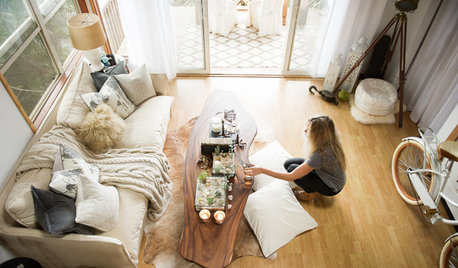
HOUZZ TOURS13 Character-Filled Homes Between 1,000 and 1,500 Square Feet
See how homeowners have channeled their creativity into homes that are bright, inviting and one of a kind
Full Story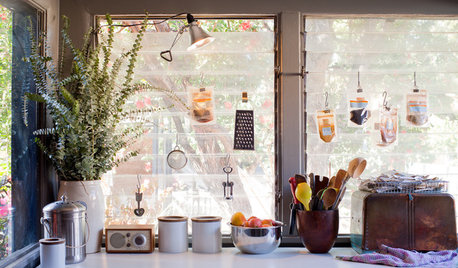
SMALL HOMESHouzz Tour: Color and Personality in 500 Square Feet
This Los Angeles home for 4 has a small footprint, but the family is big on creative solutions and styling
Full Story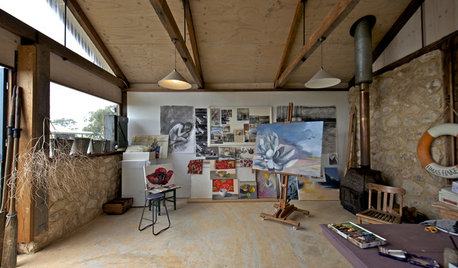
STUDIOS AND WORKSHOPSHouzz Call: Show Us Your Hardworking Studio!
Upload a photo of your home studio or workshop and tell us how you’ve designed it to work extra hard for you
Full Story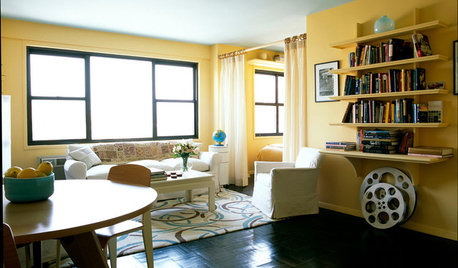
HOUZZ TOURSHouzz Tour: A Manhattan Studio Gets a Bright Future
Sunny citrine walls bring zest to a young singleton's newly redesigned West Village apartment
Full Story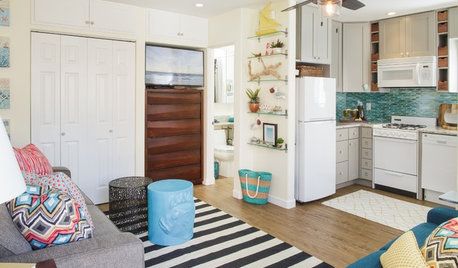
SMALL SPACESHouzz Tour: Room for Everything in a 275-Square-Foot Beach Studio
A San Diego couple needed storage for their beach gear and private space for personal time. Here’s how they fit it all in a studio
Full Story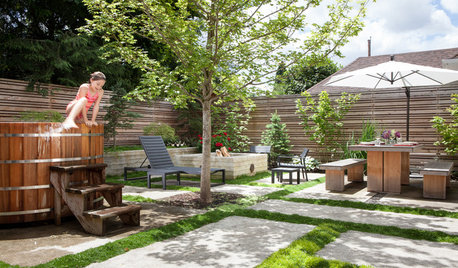
PATIOSBackyard Ideas: Writer's Studio and a Japanese-Inspired Garden
A nearby Japanese garden inspires a feature-packed backyard and studio for a work-from-home Portland writer
Full Story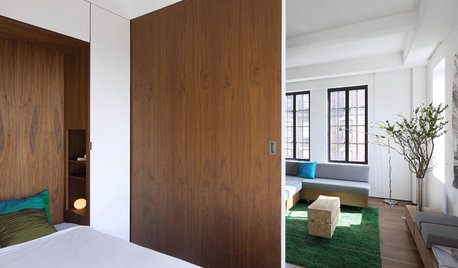
SMALL HOMES12 Studio Homes Offer Grand Small-Space Inspiration
These compact apartments and minihouses don't skimp on function or comfort. See how great design has made them enormously livable
Full Story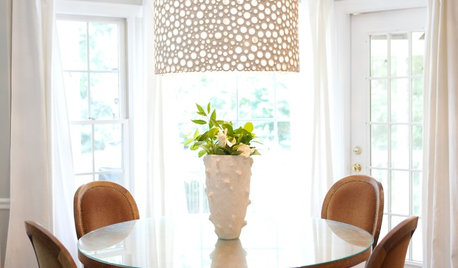
LIGHTINGToday's Icons: The Oly Studio Meri Drum Chandelier
Unique fixture is at once a glamorous chandelier and a contemporary pendant light
Full Story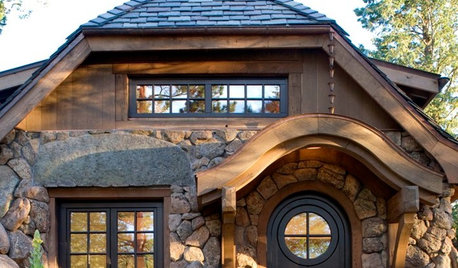
HOUZZ TOURSDiscover a Hobbit House Fit for Bilbo Baggins
Part art studio, part guesthouse and all charm, this imaginative Colorado cottage looks like it grew right out of the earth
Full Story
MOST POPULARHow to Add a Backyard Shed for Storage or Living
Need a home office, a playspace or extra room for your stuff? Learn about off-the-shelf, prefab and custom sheds
Full StoryMore Discussions







lavender_lass
mushcreek
Related Professionals
Johnson City Architects & Building Designers · Panama City Beach Architects & Building Designers · Saint Andrews Architects & Building Designers · Seattle Architects & Building Designers · White Oak Architects & Building Designers · Lansing Home Builders · Valencia Home Builders · Winchester Center Home Builders · Salisbury Home Builders · Jacinto City Interior Designers & Decorators · Lake Elsinore Interior Designers & Decorators · New Providence Interior Designers & Decorators · Tahoe City Interior Designers & Decorators · Bloomingdale Design-Build Firms · Schofield Barracks Design-Build FirmsVooska
lavender_lass
honorbiltkit
esgaOriginal Author